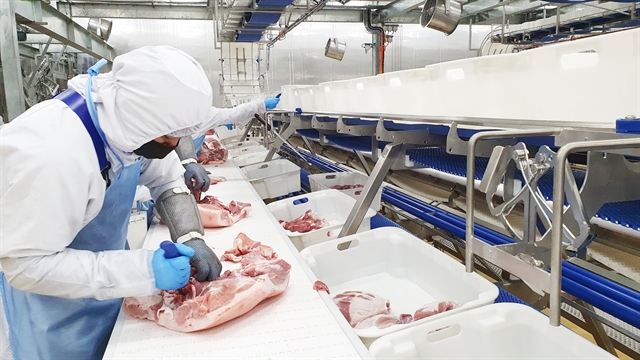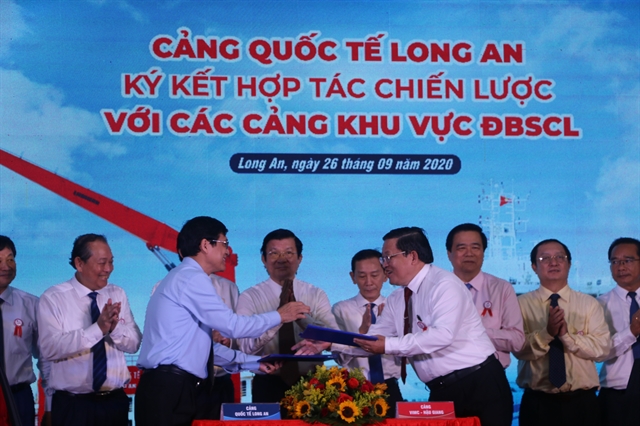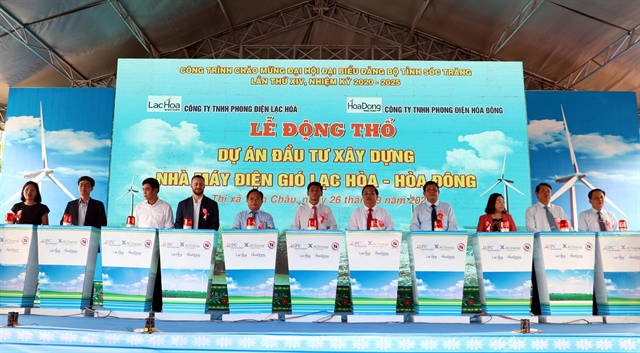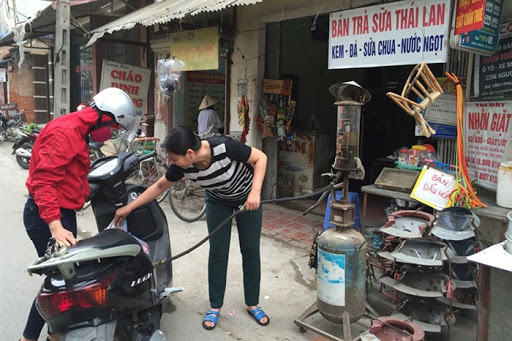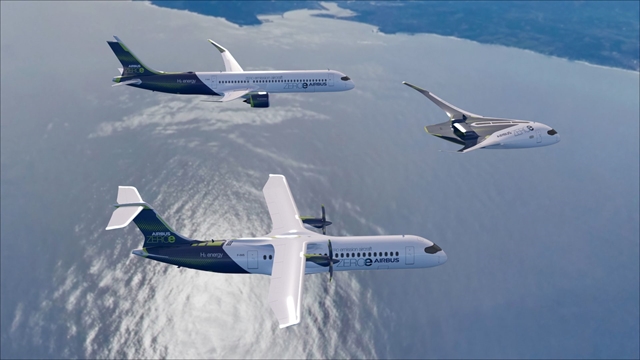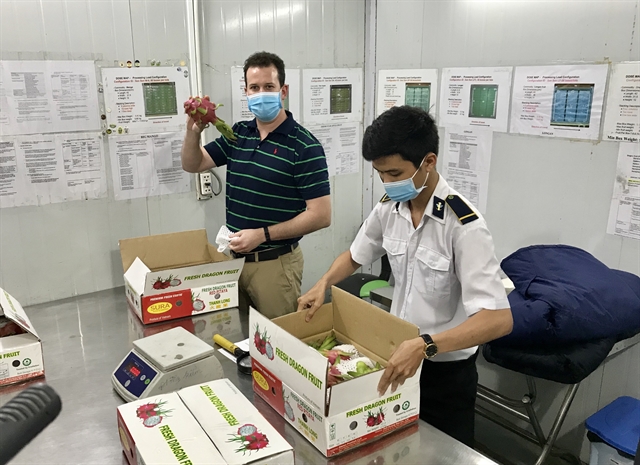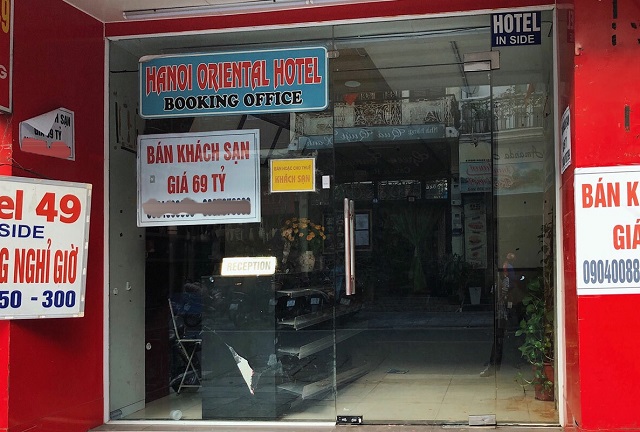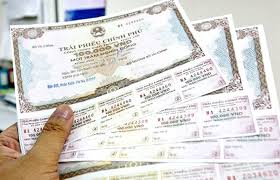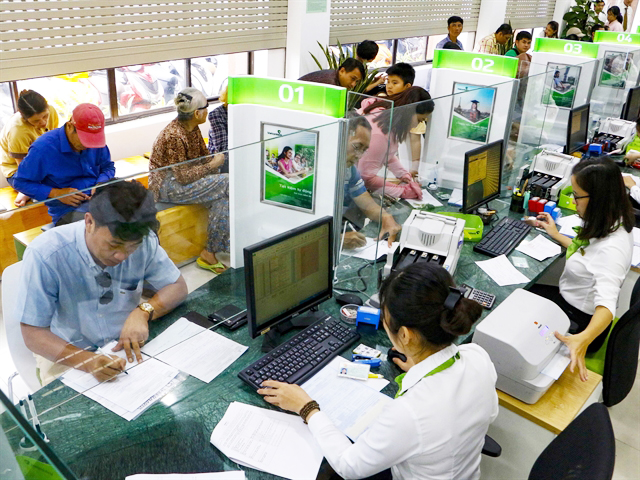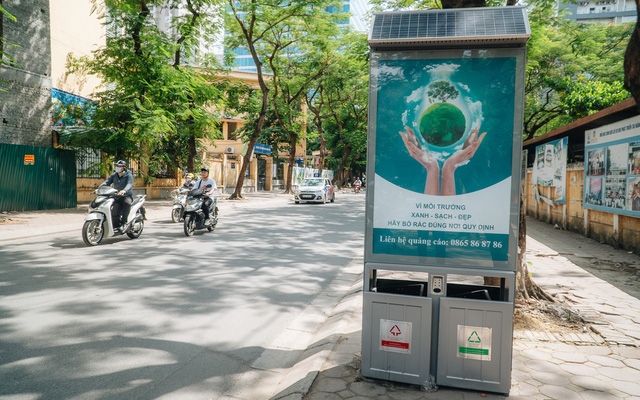
HÀ NỘI — Seafood stocks posted gains despite falling earnings thanks to the ratification of the EU-Vietnam Free Trade Agreement (EVFTA).
Joining new FTAs such as the EVFTA gives many opportunities for export sectors including the seafood industry, especially opportunities from import and export tariffs, according to the Việt Nam Association of Seafood Exporters and Producers (VASEP).
But VASEP said COVID-19 had also strongly affected the world seafood industry, leading to a reduction in consumption and causing orders to decrease by 35-50 per cent. Social distancing measures in April caused interruptions in international trade, enterprises faced difficulties in transportation and lacked capital to maintain operations.
Tra fish exporter Vĩnh Hoàn JSC (VHC) reported declining six-month earning results but rising stock market prices.
On the stock market, shares of VHC have gained more than 10 per cent since the beginning of the year.
The company earned VNĐ3.3 trillion (US$142.1 million) in revenue and VNĐ368 billion in profit, down 13 per cent and over 49.5 per cent, respectively, compared to the first half of last year.
VHC expects two business scenarios for this year, with revenue and profit decreasing by 18 per cent and 32 per cent respectively in the first one, and down by 9.3 per cent and 10 per cent under the second one.
But the company will also benefit from the tariffs in the EVFTA. Tra fish products will be entitled to 0 per cent tax in the third year after the EVFTA comes into effect.
The EU is the third largest export market of VHC, accounting for about 12 per cent of its total export value last year.
Shares of Camimex Group JSC (CMX) also jumped 17 per cent on the stock market while revenue and profit both declined, 95 per cent and 85 per cent, respectively.
Việt Nam's biggest shrimp company Minh Phú Seafood Corporation (MPC) saw stock prices soaring 50.2 per cent since the beginning of this year.
The company is expected to benefit the most from the EVFTA when tax on both shrimp and processed products from shrimp is sharply cut from 12.5 per cent and 20 per cent to 0 per cent.
The EU market accounts for about 11 per cent of MPC’s total export value. The export value of MPC to the EU in 2020 is expected to increase by 5-10 per cent over the same period last year.
Việt Nam Seaproducts Joint Stock Corporation (SEA) also enjoyed an 82-per-cent rise in share prices since the beginning of this year.
SEA witnessed revenue and profit rise 15 per cent and 69 per cent in the first six months of this year, reaching VNĐ72 billion and VNĐ35 billion, respectively.
Shares of Sao Ta Foods Joint Stock Company (FMC) also climbed 29 per cent. The company earned VNĐ2.8 trillion in the first eight months of the year, up 12 per cent year-on-year.
Besides the benefits from tax reduction, through the EVFTA, Vietnamese seafood is expected to expand its export markets and increase its competitiveness compared to other regional competitors such as Thailand and India. The agreement is also an opportunity for Việt Nam to attract foreign direct investment, enhance production technology and product quality and ensure a stable and transparent business environment and institutions (thanks to improved regulations and policies in accordance with FTA provisions).
Over the past 20 years, Việt Nam’s seafood exports have grown on average 13 per cent per year, from over $600 million to nearly $9 billion, according to VASEP.
Seafood is one of leading sectors in international integration. Its products have been exported to 160 markets around the world with a strong increase in export staples such as shrimp, $3.5-4 billion per year, Tra fish, $1.8-2.2 billion per year, tuna and octopus, $1-1.2 billion per year and other marine products, $1.2-1.5 billion.
However, Việt Nam's seafood sector also faces a lot of challenges when joining the EVFTA.
The seafood industry must envision a long-term strategy to make full use of the new trade pact and prepare for problems that might arise when they take effect, said VASEP.
The EVFTA will cut tariffs on 99 per cent of goods traded between the EU and Việt Nam. Việt Nam’s agriculture and seafood exports, as well as other industries in which the country has strengths, are expected to see substantial benefits.
To take full advantage of the EVFTA, local enterprises must adjust their production to meet standards on quality, origin, labour, and environmental protection, among other issues. — VNS
